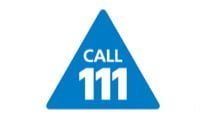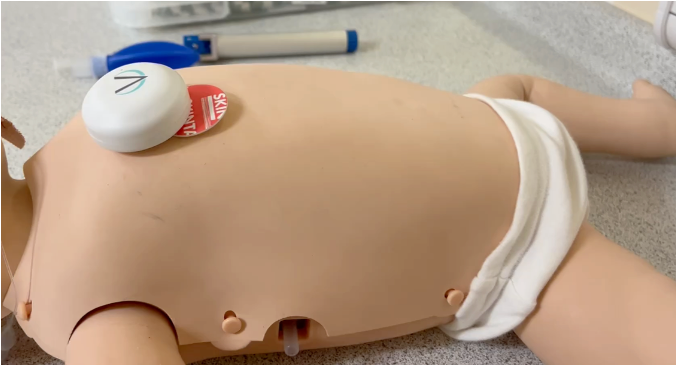NHS 111 caught in onward referrals row
- 5 February 2015

A “serious and urgent analysis” of NHS 111 is needed to address concerns that it is creating a higher workload for GPs and A&E departments, the BMA has said.
However, the organisation’s claim yesterday that GP and A&E referrals had both increased by nearly 200% following the introduction of the urgent care telephone triage service have been questioned.
In an initial press statement, the BMA claimed that the number of calls referred to GP services from NHS 111 had risen from 2.8 million referrals when comparing January-October 2013 to 8.1 million in January-October 2014 – an increase of 5.3 million.
It later released an updated statement saying that over 5 million calls were referred to GP services from NHS 111 in the year ending October 2014, compared to under 3 million total referrals in the three previous years since its creation in August 2010.
However, critics including NHS England’s head of media Roger Davidson slammed the BMA for what Davidson said was “a complete misreading of data.”
Media outlets such as Pulse also pointed out that the new figures compared two different time periods and failed to take into account that NHS 111 was only introduced beyond a pilot stage in April 2013, only becoming fully national later that year.
The BMA’s attack and subsequent dispute over the figures is just the latest battle since NHS England announced plans to roll out the service nationwide via a series of local procurements, sweeping away the NHS' first telephone and online help service, NHS Direct, in the process.
GP leaders called on the government to delay the launch of NHS 111 ahead of its planned April 2013 go-live across the country, while there were calls for a Parliamentary inquiry after local services were plagued by problems such as long wait times and calls being abandoned.
Dr Charlotte Jones, the BMA’s GP lead on NHS 111, said the organisation has consistently highlighted concerns about the service and its failure to deliver appropriate advice and outcomes for patients.
Jones said that the BMA’s analysis shows that there has been a significant increase in the number of people put through to “key parts of the NHS” such as A&E and GPs, with serious doubts over whether the increased workload is clinically necessary.
Figures from the Primary Care Foundation released at the same time estimated that the number of calls designated as “self-care” – where patients can safely treat their condition after advice from a call handler – may have also declined from 48% in 2012 down to an average of just 15% in 2013 and 2014.
“Anecdotally, GPs have reported to the BMA that patients have been referred to them with colds, sore thumbs or other conditions that could have been treated safely by sensible advice over the phone.”
She said there is “little doubt that the NHS cannot afford to have unnecessary workload being created, given the unprecedented pressure on our health service.”
Dr Mark Porter, chair of the BMA Council, said the government needs to undertake a “serious and urgent analysis” of NHS 111’s impact on the wider urgent and unscheduled care system to determine where it may be causing problems, before making recommendations on increasing the level of self-care and the number of clinicians answering patient calls.
An NHS England spokesperson said the statistics “clearly show is that there is a massive demand from the public for the 111 service.”
“To date it has coped impressively with this pressure, with the proportion of referrals to GPs and emergency services remaining steady despite the surge in demand.
“Given this popularity, however, we are continuing to look at ways to make the service even more robust, including asking GPs to help support call centres and provide patients with the ability to get high quality medical advice as quickly as possible.”
Keith Willett, NHS England's acute care director, told BBC Radio 4’s Today programme in January that NHS 111 was not responsible for increasing pressures on A&E departments.
“I think we can say from our figures that categorically it’s not causing problems, and indeed, it’s part of the solution.”
Willett said a third of patients who would have gone to A&E over the holiday period were instead call NHS 111, as result, with three-quarters no longer needing to go after the call.
NHS 111 had dealt with a 100% increase in demand over the holiday period, with the number of calls on December 27 about triple the previous single-day record.
However, Willett said the call centres had managed to lower the proportion of patients referred to A&E over the holiday period by 25%.




